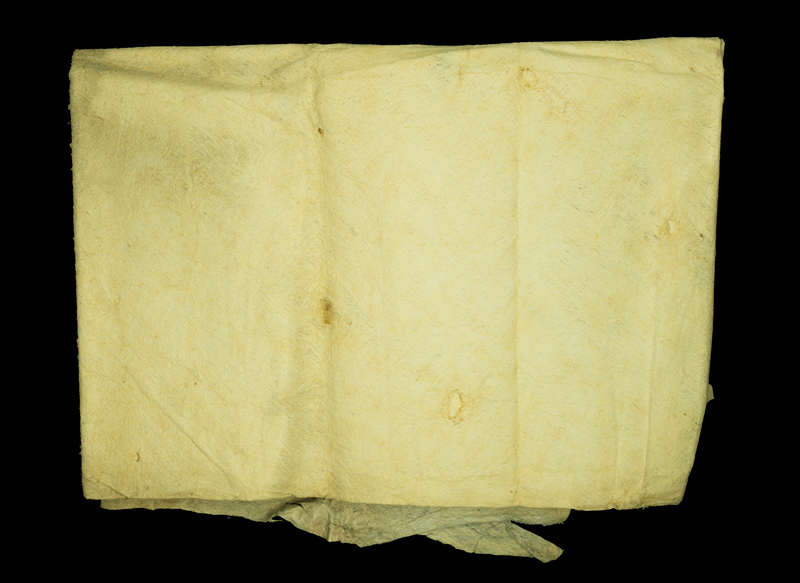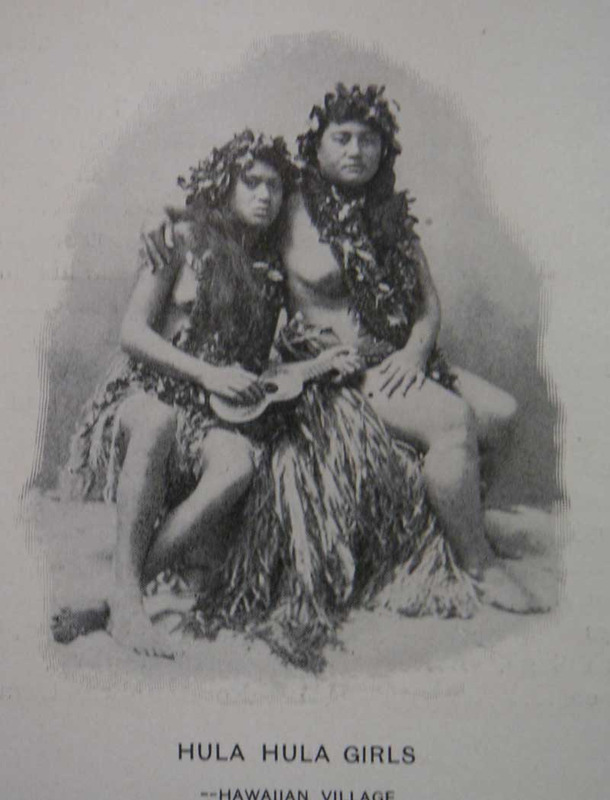Hawaii: Tradition, Colonization, and Cultural Resilience
The Kapa-Making Process
The traditional kapa-making process is an intricate method by indigenous Polynesian cultures, particularly in Hawaii. The process of creating fabric from paper mulberry trees begins with the harvesting of the inner bark, which is usually collected during specific seasons when the tree's fibers are most suitable for making kapa. The harvested bark is then stripped from the tree in long, narrow strips, which are soaked in water to soften. The soaking process can take several days, and sometimes the bark is left in running water to aid in decomposition. The soaked bark strips are laid out on a flat, hard surface. Then, using wooden beaters, the bark is pounded to spread and flatten the fibers. This process expands the material and breaks down the natural glues in the fibers, creating a smoother texture. The drying process may take place in the sun or in a shaded area, depending on the desired color and texture of the finished kapa. Once dried, the kapa is further smoothed using rounded tools, shells, or stones (Tanahy 2006). According to Tahany, Kapa held a significance in daily life comparable to that of food. It enveloped newborns, served as attire, was skillfully woven into sandals, and fashioned into blankets. Special garments for hula, ceremonies, the embellishment of sacred images, and even preparations for burials all involved the use of kapa. Given its vital role, each village cultivated paper mulberry trees and engaged in the production of kapa (Roen, nd). Cloaks, feathers, fine mats and kapa held a special status in Hawaiian society, often worn by chiefs and those who possessed significant power. Additionally, they served as tangible representations of the history linked to these chiefs, symbolizing a lineage of noble leadership (Morales 2011). The traditional kapa-making process is a cultural practice that involves a deep connection with the land and a respect for the environment.
White Settlement and Colonial Capitalism
During the early nineteenth century, Kapas became a colonial commodity during a critical period of increasing influence of foreign powers following the overthrow of the Hawaiian kingdom. Kapa textiles along with other cultural practices such as hula and surfing, were appropriated for tourist export and marketed as a commodity in a developing mass culture industry (Kuragano, 2017). Timothy Mitchell explores the organization of colonial exhibitions, which essentially transformed the world into a "picture" – an object meant to be observed, encountered, and examined (cited in Imada 2012). At the 1876 Philadelphia Centennial Exposition, the reciprocity treaty was established, effectively placing Hawai‘i under possession of the United States. A banner displaying the words “Aloha America” adorned Hawai‘i's exhibit. Aloha was commonly used as a greeting, farewell and to express mutual regard. The word is often described as a combination of several sentiments, encompassing love, peace, compassion, mercy, and reflects a deep connection and respect for others. The use of this word has been assimilated into an imperial collection, normalizing colonization as a gentle, shared, and consensual process ( Imada, 2012). By the 1880s, the United States had a keen interest in establishing a stable and lasting presence in the Pacific for both commerce and military purposes. In 1893, a coalition of western businessmen and their descendants of missionaries in Hawaii conspired to overthrow the Hawaiian monarchy with the assistance of the U.S. marines, eventually landing in Honolulu Harbor to assume control of government facilities. They managed to hold Queen Lili‘uokalani and her cabinet as hostages. Initially, the queen resisted and refused to surrender, but in order to prevent bloodshed, she temporarily yielded her crown, under protest, to the U.S. minister in Hawaii on January 17, 1893. (Imada, 2012). Queen Lili‘uokalani was replaced with President Sanford B. Dole in 1893, a time by which only fifteen percent of the land on the islands and two percent of invested capital was owned and controlled by Native Hawaiians.
Western-Constructed Narratives of Hawaii
One element present in exhibits was the Western fascination by the cultural differences of unfamiliar communities. The colonial "Other" was integrated into narratives, given specific roles within a plot and conveyed through stories presented in museum exhibitions, world fairs, and “ritualistic” performances (Raymond 1993). Following Lili‘uokalani's removal from power, western American media, irrespective of their stance on annexation, negatively criticized her legitimate political assertions to the kingdom. The press questioned the justification of reinstating a ruler described as a "cannibal island queen," a "crafty barbarian," or a "black" queen, with her political affairs dismissed as suitable only for a "Negro song and dance." (referring to hula). The Hawaiian Promotion Committee was established in 1902 in order to transform the island into a source of monetary profit by carefully constructing a lavish tropical fantasy for American tourists. National Geographic Magazine gained popularity in the early twentieth century by appealing to Americans’ new-found obsession with all things foreign, presenting ethnic and racial others as interesting and exotic. Ethnic and racial others were often the producers of modernist art, music, and literature; but they also acted as subjects (Kēhaulani, 2008). The Hawaiian Promotion Committee and the Matson Navigation Company helped to shape an image of Hawai’i that became associated with opulence and romance, reflecting and contributing to the American definition of the rise of modernity. American imperial interest presented trained hula dancers with the possibility of acquiring exclusive experiences of the world outside of the Hawaiian islands through entertainment circuits while their bodies were interpellated as signs of Hawaiians’ uncivilized nature. Presented as authentic novelties from the Sandwich Islands, Hawaiian peoples shared the stage with African American “Creole” minstrels, Bedouin Arab acrobats, and bearded ladies, which only satisfied the eyes of those in pursuit of exclusive entertainment. (Raymond, 1993).
Resisting Exotization
Hawaiian people, often portrayed as imperial subjects, were far from passive commodities within the restrictive structure of the empire. They ingeniously devised strategies to challenge colonial narratives that enforced primitive, eroticized roles. They affirmed cultural practices such as hula dancing and kapa-making as legitimate practices and positioned themselves as both modern Native women and tourists. Upon arriving in metropolitan centers, Hawaiian women actively participated in modes of tourist consumption, employing these experiences for their unique objectives. Today, after decades of presenting kapa as a fascinating example of primitivity, contemporary textiles have largely replaced kapa in Hawaiian everyday use. However, there has been a resurgence of interest in traditional practices, leading to efforts to preserve and revitalize this ancient art form. The act of kapa-making is considered a traditional art form, and Hawaiian artists continue to create and preserve this cultural practice, showcasing the skill and creativity involved in its production. Contemporary creators of Hawaiian kapa employ their native language, ʻōlelo Hawai’i, to describe various tools and processes inherent to the craft in an attempt to preserve the tradition of kapa making (Roen. n.d).
Reference List
Corbey, Raymond. Aug. 1993 . “Ethnographic Showcases, 1870-1930” Vol. 8, No. 3 (Aug., 1993), pp. 338-369.
Hufford, Roen. n.d “History of Hawaiian Kapa.” Accessed October 17th, 2023.
Imada, Adria L. 2012. Aloha America: Hula circuits through the U.S. empire. Durham: Duke University Press.
Kauanui, J. Kēhaulani. Hawaiian Blood: Colonialism and the Politics of Sovereignty and Indigeneity. Duke University Press, 2008.
Kuragano, Leah. 2017 . “Race and culture in the early-twentieth-century United States and Colonial Hawaii” BA, Bennington College
Medeiros, Megan. 2018 . “Western-Constructed Narratives of Hawai’i - History in the Making.” Vol. 11 , Article 14. (January): 214-246.
Tanahy, Dalani. “Kapa Making and Processing.” Kapa Hawaii LLC Preserving Native Hawaiian Art, 2006. https://www.kapahawaii.com/hawaiian-kapa-designs-and-patterns/47-hawaiian-kapa-tapa-making.html




